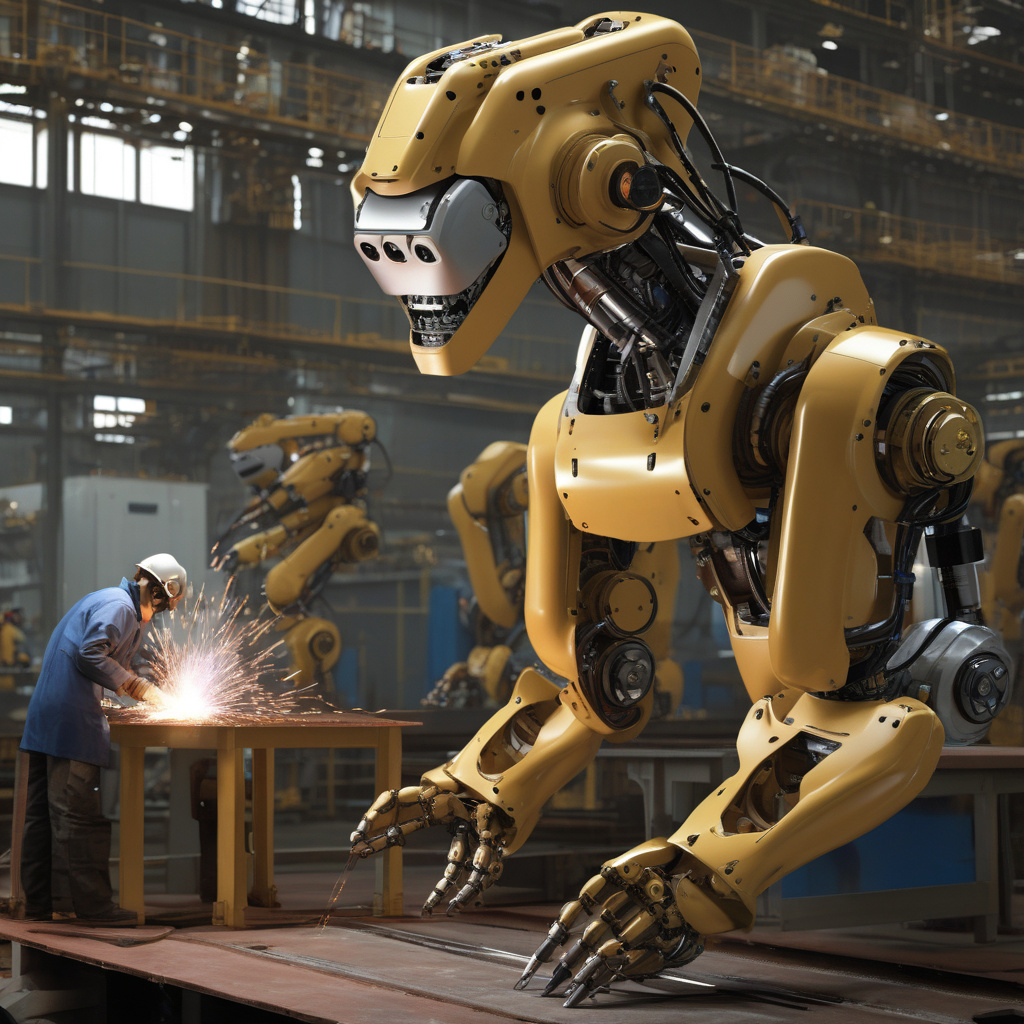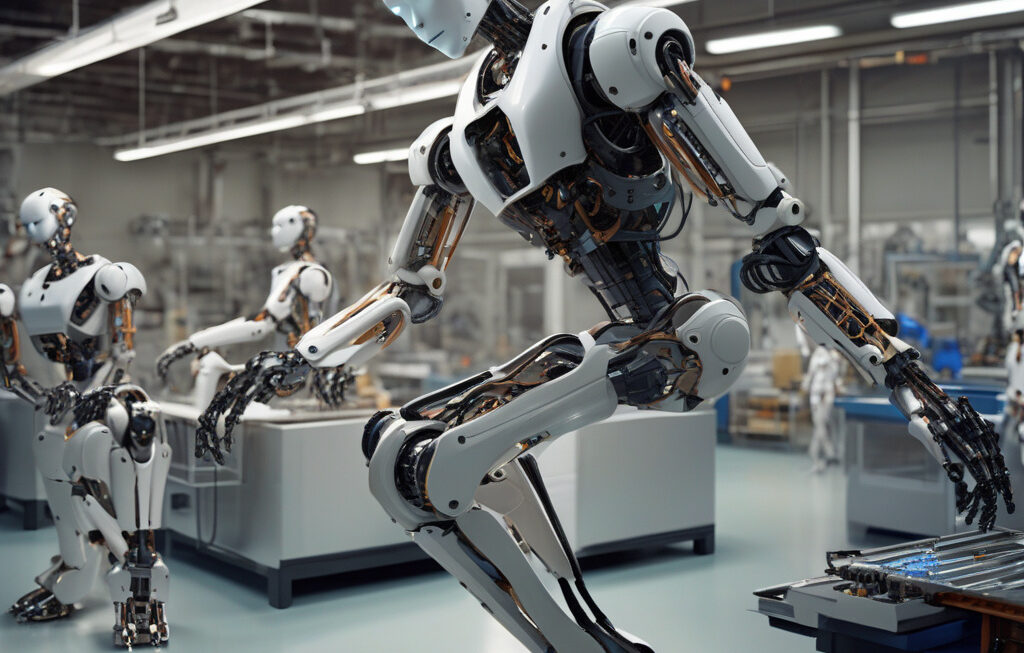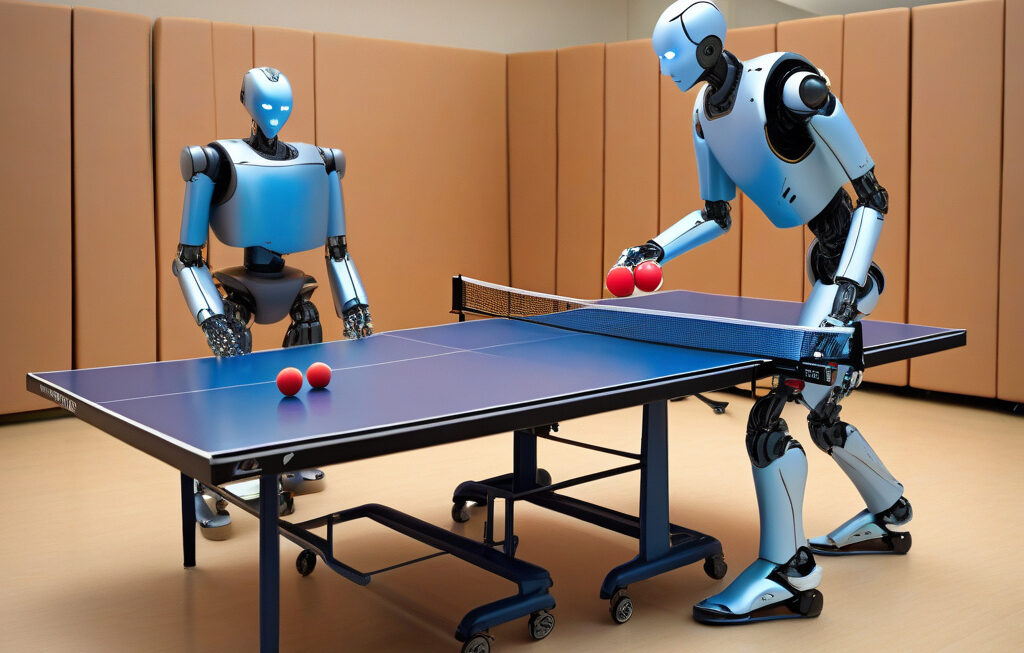A Houston-based robotics company is set to deliver a humanoid robotic worker to South Korea, marking a significant advancement in the field of robotics and automation. The robot, designed specifically for welding tasks, is poised to revolutionize the shipbuilding industry in South Korea, known for its high standards and cutting-edge technology.
The innovative humanoid robot, developed by the US firm, is equipped with state-of-the-art technology that allows it to perform intricate welding tasks with precision and efficiency. This development comes at a time when the global manufacturing sector is increasingly turning to automation to improve productivity and meet the growing demands of consumers.
South Korea’s shipbuilding industry, which is one of the largest in the world, stands to benefit greatly from the introduction of this humanoid robot. By incorporating robotics into their manufacturing processes, shipyards in South Korea can expect increased efficiency, higher quality output, and improved worker safety. Additionally, the use of robots for welding tasks can help address the shortage of skilled labor in the industry, ensuring that production deadlines are met consistently.
The deployment of humanoid robots in shipbuilding represents a significant shift towards a more automated and technologically advanced future. As industries continue to evolve and adapt to changing market dynamics, embracing robotics and automation has become essential for maintaining a competitive edge. Companies that invest in cutting-edge technology like humanoid robots are better positioned to drive innovation, streamline operations, and deliver superior products and services to their customers.
Furthermore, the collaboration between the US robotics company and South Korean shipbuilders highlights the importance of international partnerships in driving technological progress. By leveraging each other’s strengths and expertise, companies from different countries can work together to push the boundaries of innovation and bring about transformative change in various industries.
In conclusion, the introduction of a humanoid robot for welding tasks in South Korea’s shipbuilding industry underscores the transformative power of robotics and automation. As more companies around the world recognize the benefits of integrating robots into their operations, we can expect to see further advancements that will shape the future of manufacturing and beyond.
#Robotics, #Automation, #Shipbuilding, #Innovation, #Technology












